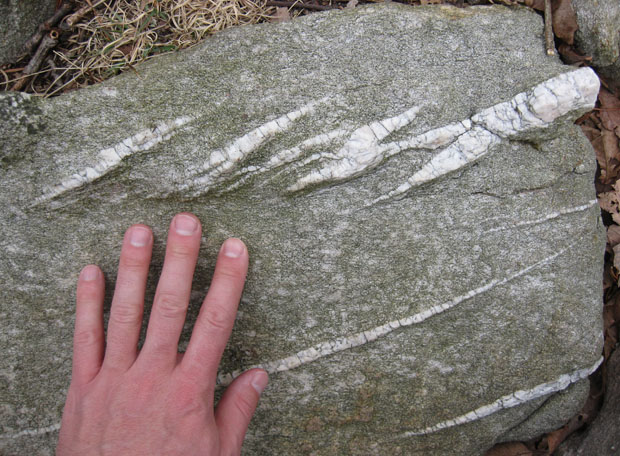Sea Point Migmatite
Callan visits the Sea Point migmatite, a contact between intrusive granite and older metasedimentary rocks, along the west coast of South Africa near Cape Town. His guide? None other than AGU Blogosphere blogger Evelyn Mervine of Georneys!

